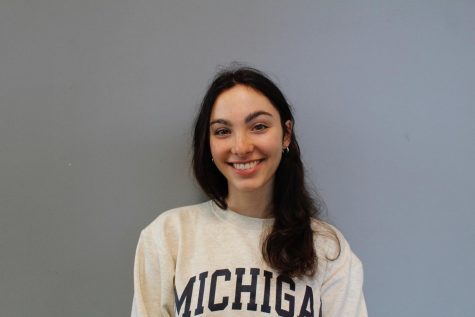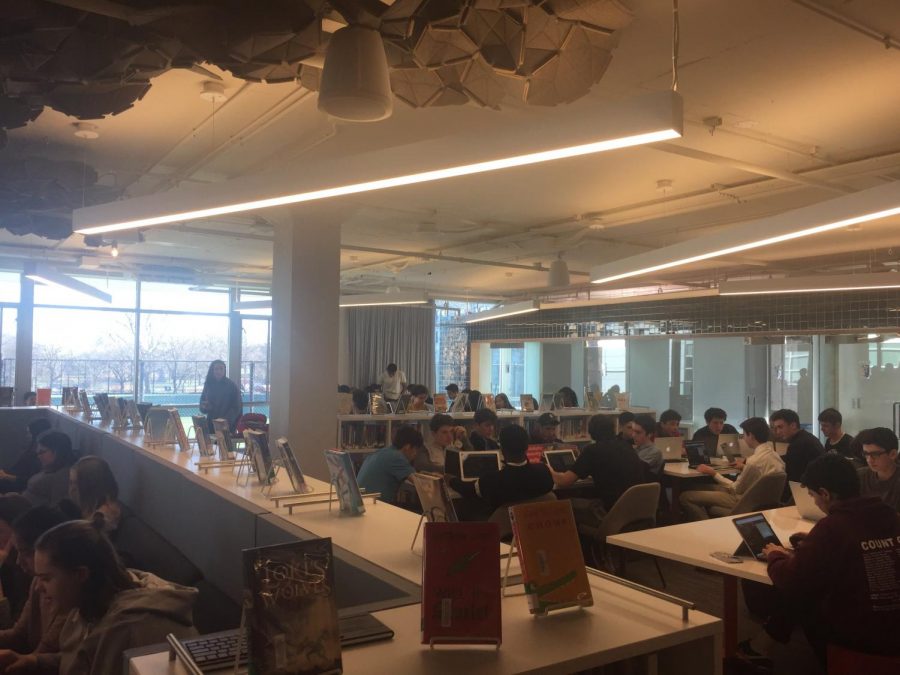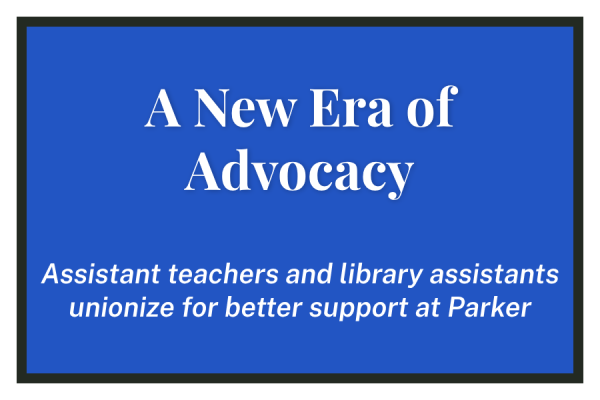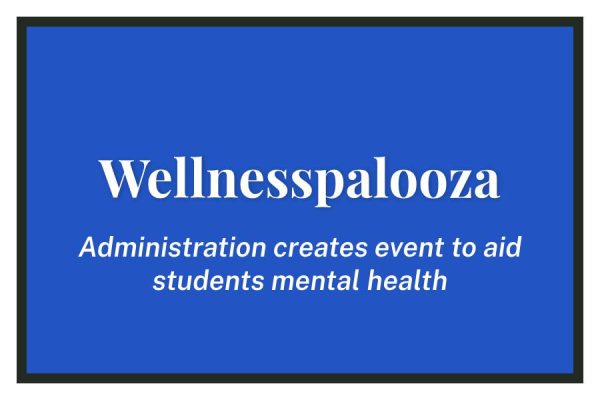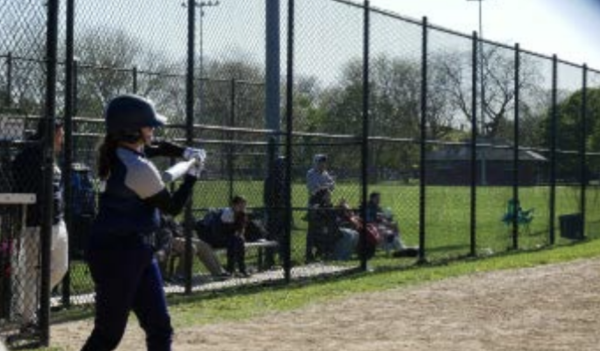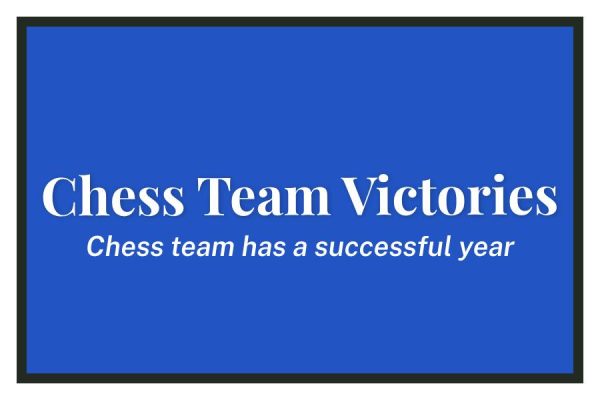Introduction of Hour of Code at Parker
Parker Upper Schoolers Participate in National Hour of Code
Photo credit: Paige Shayne
Students in the “Beginner” group take on the Hour of Code.
Typing and clicking their way through coding levels or high-level challenges, students filled the library, the Harris Center, and a math room on December 6 for the Hour of Code. Split into three skill-level groups, Upper School students partook in the hour of activity organized by the Computer Technology Committee (CTC).
According to junior and CTC Head Nathan Satterfield, CTC wanted everyone to get involved in coding, and promote the Computer Science curriculum. “To get people signed up, to get kids involved,” Satterfield said. “We hope to inspire them to continue coding after.”
The Hour of Code took place during Computer Science Education Week, during which students from all over the globe took part in various Computer Science activities. According to the Hour of Code website, there were tens of millions of students in more than 180 countries that joined Parker high schoolers on December 6.
“It was a national week of computer and technology education,” Computer Science Teacher Aaron Lee said. “The goal was really to get students interested in computer science and for them to experience and try coding.”
According to sophomore and CTC Head Andy Wessman, the goal was to pique students’ interest in computer science, which is one of the reasons that Parker freshmen now must take part in the Computer Programming course. Lee believes that exposure to computer science, regardless of the type, is extremely important.
“It’s a new kind of illiteracy, like not being able to read,” Sven Carlsson, Director of Studies, said. “Now everyone can read, and not being able to understand code is a new illiteracy that we don’t want our students to have.”
Many of the benefits that come with coding apply to careers from technology to medicine. Lee said, “There is nothing that any student will do in the future that won’t involve computer science.”
Upper School Civic Engagement Coordinator Lisa Williams agrees. “Computer science will be what the average person will need to know to have a job,” she said. “In addition to creating a tangible program, it teaches and enables a coder to think clearly.”
Though some students may have liked to use the Hour of Code to catch up on homework or attend Morning Ex, Lee encouraged all students to try it. And the school made it mandatory.
“I think the students responded really well,” Carlsson said. “I was in the advanced room, and that really took off. I had some students come up to me later and tell me what levels they had completed.”
For freshmen Mahmoud Sabir, who was in the intermediate coding group, the Hour of Code was an opportunity to learn more about Computer Science after about a year of involvement. “It’s a nice opportunity to step out of class, especially for the freshmen who don’t take Computer Programming,” Sabir said. “They get to learn about the language of the computer.”
Sophomore Sammy Ziegelman had a different opinion. “Some people are interested, and some aren’t,” Ziegelman said. “It’s a useful skill, but it’s not a skill I have, and I’m not going into coding.”
The students in the intermediate and advanced groups seemed to have a different experience than those in the beginner groups. As new coders completed levels and struggled with the technology connection, experienced coders completed logic puzzles and tested their problem-solving skills.
“I heard the biggest range of experiences, with people saying it was really cool, and they really liked it,” Carlsson said. “The more negative things I heard were more like it was a little too easy, and they wanted a little more advanced version.”
Walking around the rooms and aiding new coders, supplying hints to students and assisting with WiFi problems, were the members of CTC. In preparation for the Hour of Code, the CTC used a website full of coding programs where they could find tutorials for students to use, many of which they have made available in the days since.
“We’re going to send out tutorials and emails, so it doesn’t stop here,” Satterfield said. “There are more opportunities, and we’re going to do it again next year and the year after that hopefully.”
Sabir plans to continue coding after the Hour of Code and even after high school. “I plan to go into computer science,” he said. “I really want to see what it’s about and have more knowledge. It can help build robots and build software, and I would like to use it as an engineer.”
Williams hopes that other high schoolers had a similar experience to Sabir. “I hope that it lights a fire in their interest or starts a passion for coding,” Williams said. “It makes sense to bring the two together. Parker wants our students to be prepared for the future, and coding is the future.”
